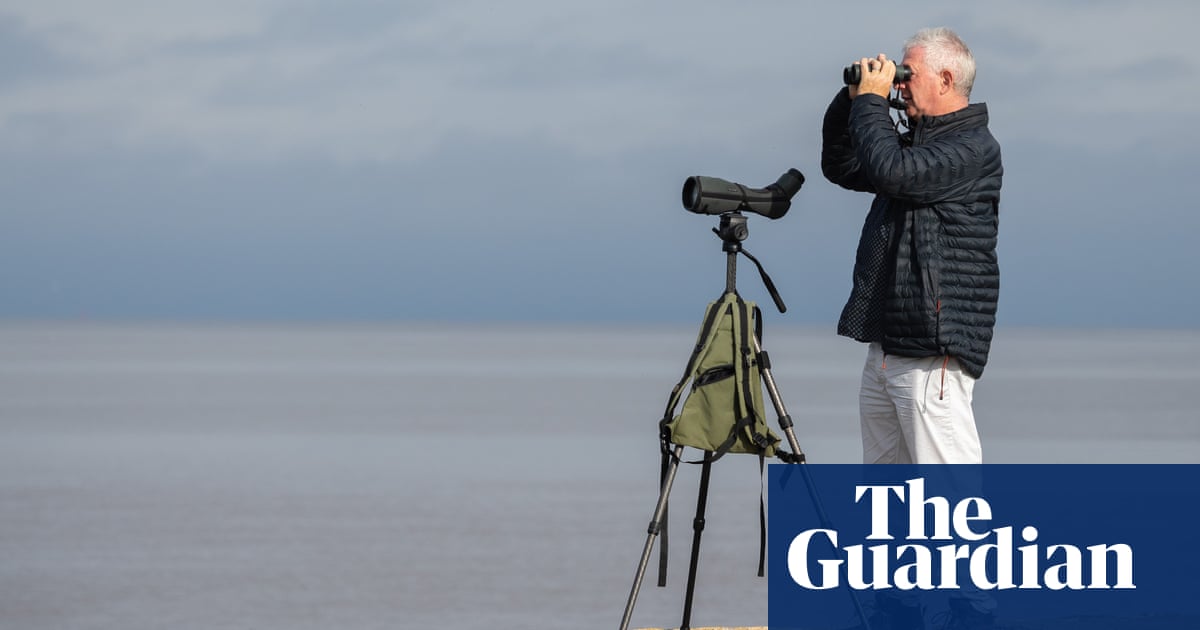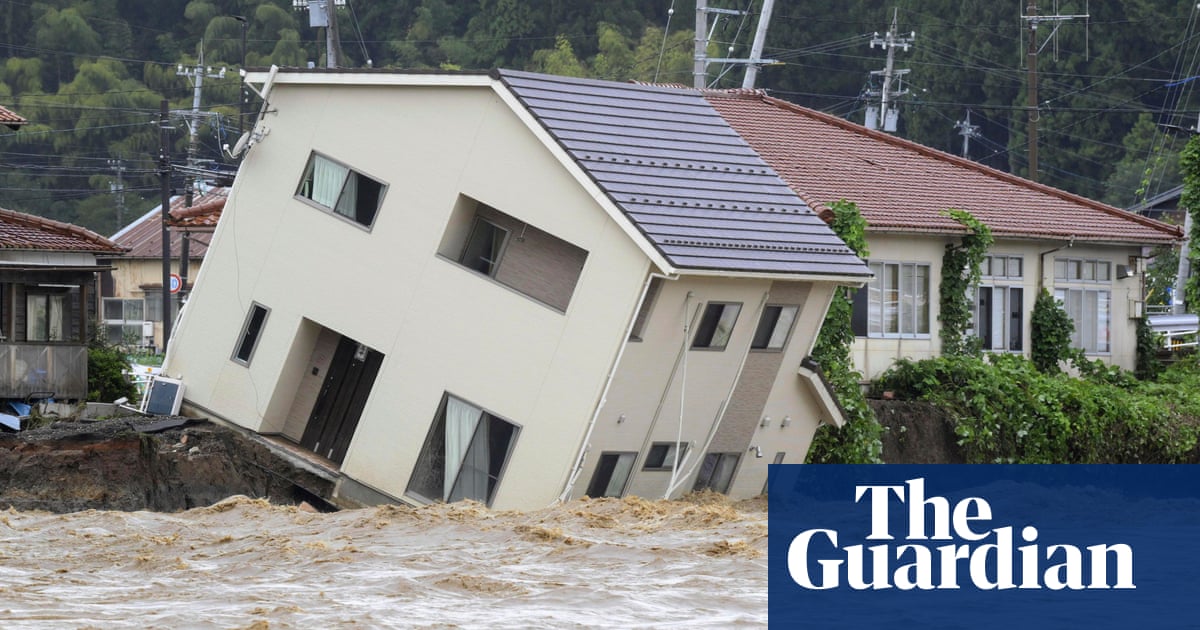The Pacific country of Kiribati might be surrounded by water, but on land its population is running dry. The ocean around them is steadily encroaching, contaminating underground wells and leeching salt into the soil.
“Our waters have been infected,” climate activist and law student Christine Tekanene says. “Those who are affected, they now can’t survive with the water that changed after sea level rise.”
The freshwater crisis is just one of the many threats driven by rising seas in Kiribati. Its people live on a series of atolls, peaking barely a couple of metres above a sprawling tract of the Pacific Ocean. As global temperatures rise and ice sheets melt, Kiribati – and other low-lying nations like it – are experiencing extreme and regular flooding, frequent coastal erosion and persistent food and water insecurity.
This week the United Nations general assembly will hold a high-level meeting to address the existential threats posed by sea level rise as the issue climbs the international agenda; last year the UN security council debated it for the first time.
Wednesday’s meeting aims to build political consensus on action to address the widespread social, economic and legal consequences of rising seas.
Samoa’s UN representative, Fatumanava Dr Pa’olelei Luteru, says the upcoming UN meeting is long overdue and “extremely important” for island nations.
“Economically, militarily, we’re not powerful,” says Luteru, who also serves as the current chair of the Alliance of Small Island States (AOSIS). “At least within the context of the UN and the multilateral system we have the possibility and the opportunity to engage and achieve some of the things that are a priority for us.”
‘We’re still fighting’
Sea level rise presents a range of contentious issues, not least of which is whether low-lying nations and their governments should begin preparations to relocate their populations. While some countries, like Tuvalu, have accepted this possibility and are lobbying for international recognition of their sovereignty even if their islands disappear, others seem more cautious. A decade ago, Kiribati bought land in Fiji as a potential refuge for its citizens, but the government has since reconsidered that strategy.
Photograph: Atmotu Images/Alamy
Ambassador Luteru says many small island states are unwilling to concede their futures, and “have not used the word ‘existential’” when referring to the threat of climate change on their statehoods.
“There’s a clear expression from people that they do not want to move,” he says.
Meanwhile, Tekanene says many Pacific Islanders feel “offended” when asked about their lands disappearing. “We’re still fighting, we’re not drowning,” she says.
Some experts argue, however, that world leaders must urgently face the reality of disappearing homelands for millions living on small islands and coastal areas.
Dr Benjamin Strauss, CEO and chief scientist at Climate Central, warns that while the worst impacts of sea level rise can be delayed, they cannot be undone.
“The long term sea level rise that we’ve already locked in is almost certain to drown a great number of Pacific atolls,” he says. “In the end, there are speeds and amounts of sea level rise that will make it impossible to stay on many islands.”
Kamal Amakrane from the Global Centre for Climate Mobility, who has been helping the UN general assembly prepare for the high-level meeting, stresses that while people have “the right to remain” in their homelands, it’s equally important to ensure safe and dignified options for those who are forced to relocate.
“The international community and regional institutions should enable climate mobility pathways,” Amakrane told the Guardian via email.
Both creating these migration pathways, and developing solutions to protect islands so people can stay, will require major financing from wealthier nations. Kiribati is seeking billions of dollars from foreign donors to raise its islands and escape the worst harms of rising seas. Strauss says it would take “some sort of massively heroic, unimaginable kind of geoengineering” to ensure island nations can withstand the impacts of sea level rise.
“A lot of the atoll nations don’t have a great deal of resources,” Strauss says. “So it’s not clear how much they would be able to invest and how much the world would decide to invest.”
For Kiribati, the situation is expected to get much worse. A recent Nasa assessment found the country will see sea levels rise up to 50 centimetres by 2050 whether or not global emissions are cut before then. If worst-case predictions come true, some of its islands will be uninhabitable, if not completely lost, by the end of the century.
Faced with such a looming catastrophe, activists like Tekanene are urging world leaders to do more to protect their country.
“We want to ensure that developed nations take responsibility for the historical emissions contributing to this crisis,” she says.
“They can help prevent it … they can do it more than us.”









